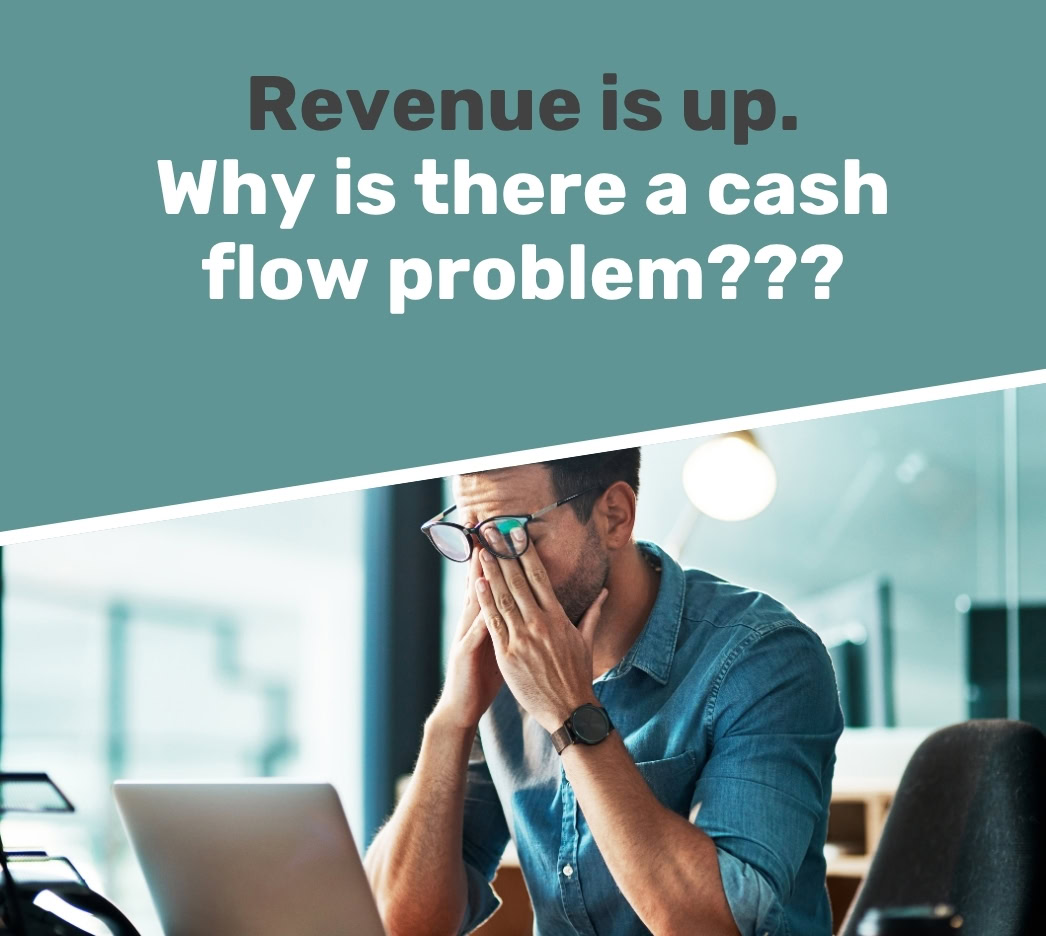Small business owners get paid or pay themselves in a variety of ways. Depending on how they have organized their business, they usually set the method to execute the transaction.
As a sole proprietor, a business owner with no partners, you can simply write a check or make a transfer into your bank account from your business account. It’s important to remember that your check is not an expense to the business. You are receiving your part of the profits.
Most business owners understand that they can pay themselves but get confused about categorizing it in QuickBooks. The proper categorization for payment would be an Owners Draw, an account in the Equity Section of the Balance Sheet.
LLC
As a Limited Liability Company member or a single-member LLC, the method would be the same. In this case, change the name of the account to Member Draw.
As the company grows and becomes more profitable or partners or members have increased, the methodology changes slightly.
Partnerships
Partnerships, where you have two or more partners, are similar to how an LLC reflects its owner’s draws. Partnership agreements clarify how the entity will pay each partner, either from equity draws or guaranteed payments. Guaranteed Payments many times are used for services the partner is providing to the company. These two payments are taxed differently, so it is essential to understand the purpose of each payment.
Guaranteed payments are considered an expense to the business.
Corporations
Lastly, we have Corporations or S-elected Corporations or LLCs. These entities are different in that a member or owner receives a payroll check. Meaning, like any other employee of the company, the owners would receive a paycheck with all the payroll withholdings and deductions required by state and federal agencies.
How a small business owner receives payment depends widely upon how a company organization and the owner’s goals.
We at MODVentures are asked about owner compensation frequently. If you are stuck and need some support around payroll for yourself, please contact us.
You May Also Love
CLOSE






